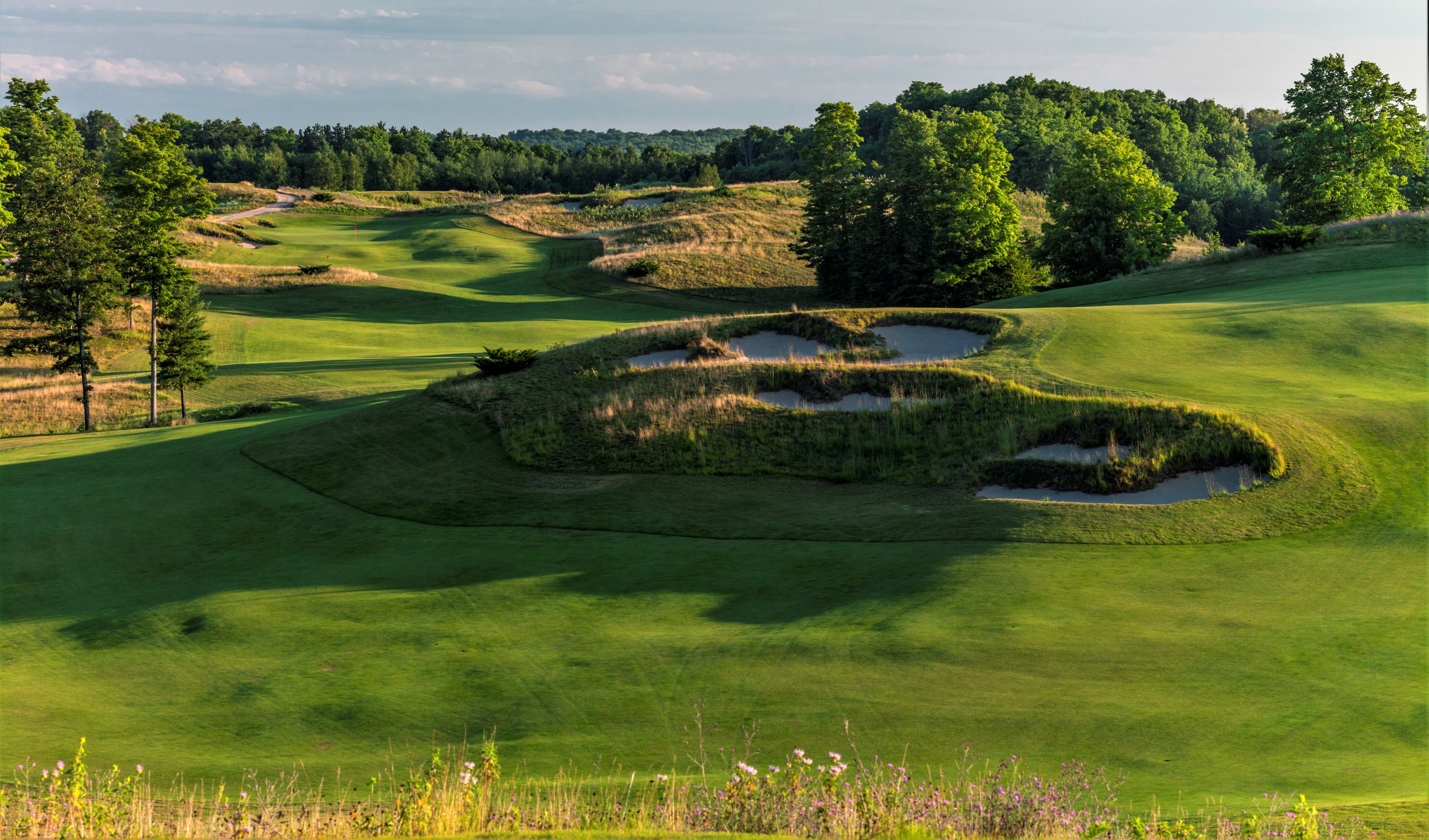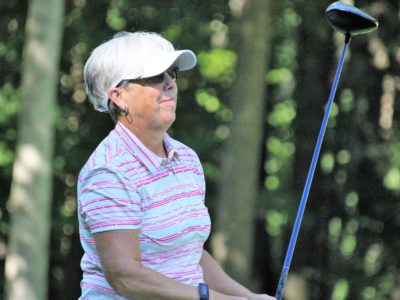Could result in betterment of the game, reduced costs and green grass health
Guest Column: By Mike DeVries
For the foreseeable future, clearly, how we play golf in this country is going to be different.
Walking may be mandated at some locations. In places where carts are allowed, some may be restricted to one per cart, thereby increasing the wear and tear to turf from increased traffic.
Golf courses will likely be devoid of objects for a while that are frequently touched by golfers and/or employees such as tee markers, ball washers, bunker rakes, benches, signage, water stations, etc. This change of “scenery” may be a blessing in disguise. Imagine the uncluttered look of a golf course with only the contours of the ground, hazards, grass lines, and a flag in the distance – a beautiful sight that breaks down the game to its essential elements.
Over the years, golf in America has developed a very polished look to it, with perfect turf and deep green grass often cited as the ideal standard. Watching The Masters every spring and seeing Augusta National in all its glory sets a very high bar for conditioning that many clubs and public course owners seek to emulate. While The Masters is one of the best run events in the world and is certainly a highlight for golfers everywhere, it is unrealistic for most anyone else to maintain its course like Augusta week in and week out, especially within the confines of a normal budget.
In contrast, golf in the British Isles and Australia has typically had less to do with how a course looks and more with how it plays. Turf conditioning is often excellent without extreme measures being taken to make everything picture perfect at all times.
Consider most Open Championship courses and how they look in comparison to Augusta. The overall aesthetic is more natural, with Mother Nature affecting the course’s overall condition just as much as the superintendent and his team. Walking is also much more prevalent than in the U.S., with golfers carrying their bag, taking a caddie, or pushing a trolley.
Many American golfers love playing overseas and relish their experiences there. Is this just because it is different from their “home game” or because the overall golfing experience there is more enjoyable? It’s a fair question all who love this game should ponder.
With the series of mandated changes to socialization and human contact in the COVID-19 era, golf in America will have to change – and maybe for the better. Due to the 2020 season’s slow start, budgets will be tightened due to reduced income streams.
In order to save on maintenance, grass will likely not be cut as frequently. Bunkers will not have rakes readily available, so players will have to smooth out their own footprints and treat bunkers as true hazards with questionable lies. This may also create the subsequent result of making golfers more considerate of others by having to clean up after themselves or risk being subject to those conditions the next time.
If a course is closed to play for an indeterminate amount of time, mowing heights will probably be raised, just as northern courses typically do in the late fall when prepping for winter and snow. Will greens be a little slower? Yes, but the turf will have more leaf tissue to absorb sunlight, which in turn increases photosynthesis/energy production. The plant’s ability to survive and thrive will increase.
Stronger turf with less stress and less disease pressure saves time and money through reduced labor and inputs. Greens can still be firm and roll true, even if they are a bit slower on the Stimpmeter. This can lead to more interesting flagstick locations and an increased variety in the course’s daily setup, which will ultimately translate into more fun shots and more strategic thought being required. This reflects the true heart and soul of the sport – and is how the game started in Scotland. Let’s learn to embrace these great qualities once again.
Golf can emerge from the COVID-19 era with a better idea of what is really important about this popular pastime. We can walk, play, and exercise while engaging with others, and still pursue that little white ball.
By simplifying its “touches” and limiting potential exposure to the virus, golf maintenance might just deliver us a more sustainable model which will allow us to keep enjoying the game we love. In the end, the game may become more affordable and, therefore, more popular to a wider demographic.
The “grow the game” initiatives of the last few years have been searching for new ways to interest more people in golf. Perhaps the restrictions and related impacts of this challenging time will point the game back towards its more humble roots and make it more popular than ever.
Note: Life-long Michigander Mike DeVries is one of the world’s most talented and award-winning course designers. His work stretches worldwide, and those at home include Kingsley Club, Greywalls, Pilgrim’s Run, Diamond Springs and The Mines.










